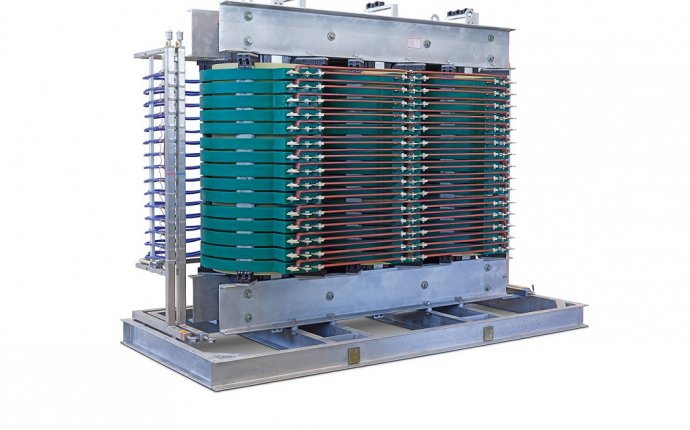
One-Phase Transformer Principle
The idling experience is used to determine the substitution of a single phase transformer.
The bloc of the transformer is called a mode of operation when there is no load on the secondary rim, that is Zn= й. At the same time, the transformator ' s net power is zero, as the flux in the secondary rim is missing. The power at the entrance of the transformer is spent on heat losses in the I02r1 primary rim and on magnetic losses in the Pm heart. Because the heat loss in the primary rim is small, it is often neglected. So magnetic losses are called idling losses.
A idling pattern for a single phase transformer. On the Voltmeter V1 diagram, the voltage to the primary rim is measured, the Voltmeter V2 shows the voltage on the secondary rim, the ampert A1 measures the idling current I0, the Wattmeter W measures the idling power P0.
The idling experience defines the following parameters:
1 = idle point I0. The idling flow shall be determined by the ampert A1 and expressed as a percentage of the nominal current.
2 - Transformation factor k♪ With the V1 Voltmeter, the nominal voltage U1n shall be installed in the primary rim and the U20 voltage shall be determined by Voltmeter V2, equal to the nominal U2N.
3 - Losses in primary P0♪ The loss in the primary rim consists of electrical and magnetic losses.
4- Power cosφ♪
5 - Parameters of the rotating branch of the rm xm replacement scheme.

6 - Coal of magnetic losses δ
Thus, the idling experience determines most of the parameters necessary for the calculation and construction of the vector diagram or the transformer replacement scheme. The remaining parameters are defined in short-circuit experience.









